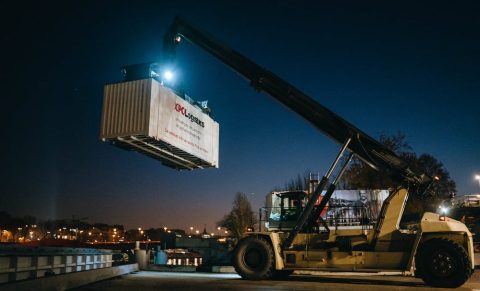CMA CGM levels up Rotterdam-Duisburg rail connections

The Duisburg Express Rail Shuttle offered by shipping giant CMA CGM just got an upgrade. From July on, the service runs three weekly roundtrips connecting two major trade and economic centres, but also providing access to shipping lines covering multiple regions.
The shuttle trains will link the RWG, ECT Delta-HPH 2 terminals in Rotterdam’s Maasvlakte with Duisburg’s D3T trimodal terminal. The transit time is one day. This is one of CMA CGM’s many rail-related developments in European rail since the company has recently been busy developing more rail products in Spain.
The Rhine Valley Rail
The Rotterdam-Duisburg shuttle train is not new. It was first launched in 2019 when CMA CGM commenced its Rhine Valley Rail project. With this service, the company aimed to connect the port of Rotterdam with crucial German inland destinations, including Duisburg, Dortmund and Ludwigshafen.
All three rail connections remain active within CMA CGM’s network, while the company also maintains barge services on the same routes. The upgrade for Duisburg comes as a natural response to the hub’s development which is the leading logistics location in the Ruhr area and can accommodate further rail or barge connections in the region.
CMA CGM in Spain
As mentioned, CMA CGM has been quite busy in Spain lately. For instance, the French shipping company launched a new rail service linking the port of Valencia with Murcia in June. This rail section is part of the TEN-T Mediterranean Corridor. With this new service, the industrial area in Murcia benefits from CMA CGM’s connections to China, India, and the USA via the port of Valencia.
Moreover, the Spanish expansion also included some terminal investments. Also in June, the French company announced the acquisition of shares of two terminals managed by Cosco Shipping Ports (CSP) in Spain. More specifically, CMA CGM now owns 49 per cent of the shares of the CSP terminal in Valencia and 38 per cent of the one in Bilbao. Both terminals are important because they accommodate much of the rail-port traffic in Spain.




